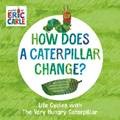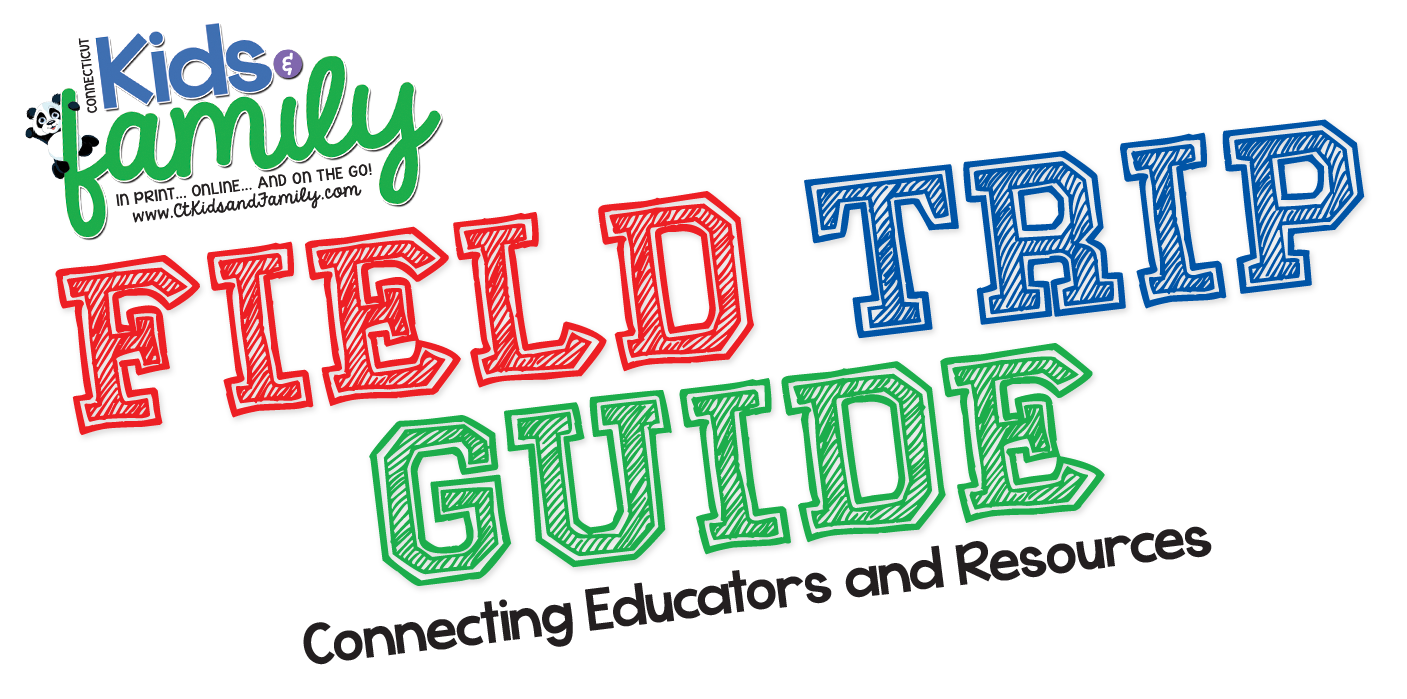The World of Eric Carle and Gymboree Play & Music invite young readers to get outside this Spring with first-ever nonfiction series, a themed Picnic Party activity kit, and more designed to spark curiosity.

March 20, 2022 marks the first day of Spring, and Penguin Young Readers’ annual celebration of Eric Carle’s beloved classic, The Very Hungry Caterpillar. To celebrate Very Hungry Caterpillar Day, Penguin Young Readers is thrilled to offer families and classrooms a variety of new books, activities, and partnerships to continue Eric Carle’s mission of sparking curiosity for the outdoors this Spring. The fun includes the release of the first-ever nonfiction concept board books from The World of Eric Carle, a partnership with Gymboree Play & Music, a downloadable Picnic Party Kit, and free virtual backgrounds.
NEW BOOKS
This February, The World of Eric Carle is thrilled to launch Life Cycles with the Very Hungry Caterpillar, the first-ever series of nonfiction early learning concept board books featuring Carle’s classic characters. HOW DOES A CATERPILLAR HATCH? and HOW DOES AN EGG HATCH? (ages 1-3, on sale 2/22/22) will launch the series, followed by two additional titles in 2022, HOW DOES A SEED SPROUT? And HOW DOES A TADPOLE GROW? (on sale 5/17/22).

The Very Hungry Caterpillar’s adventures outside continue in THE VERY HUNGRY CATERPILLAR’S FIRST SPRING (ages 0-3, on sale 2/15/22), THE VERY HUNGRY CATERPILLAR’S FIRST SUMMER (on sale 5/3/22), and THE VERY HUNGRY CATERPILLAR’S FIRST FALL (on sale 8/2/22), alongside the now-available THE VERY HUNGRY CATERPILLAR’S FIRST WINTER.

GYMBOREE PLAY & MUSIC PARTNERSHIP
Gymboree Play & Music locations throughout North America will feature The Very Hungry Caterpillar the week of March 14 through 19, with story times in their classes. In addition, all virtual Gymboree Play & Music classes will include a special story time featuring the digital book that same week, with links for the activities and book purchase shared with all virtual member families. All Gymboree Play & Music families will receive an email the week leading up to Very Hungry Caterpillar Day, sharing the digital Picnic Party.
PRINTABLE PICNIC PARTY KIT
Starting March 6, parents and educators can join the Very Hungry Caterpillar for a Picnic Party with a free printable party kit available at https://www.readbrightly.com/eric-carle-printables-activities/. The kit includes:
Cupcake recipe with toppers
Coloring Card activity
Caterpillar Headwrap activity
Decorative bunting activity
Photobooth props
8.5 x 11” poster
Virtual Backgrounds
Themed virtual backgrounds are available for your next virtual meeting at
https://randomhouse.box.com/s/3awe905dqu153r8g5a1lowrhlry1qngl
About The Very Hungry Caterpillar
With its vivid colors and innovative hole-punched pages, The Very Hungry Caterpillar teaches lessons in counting, the days of the week, the process of metamorphosis, and the importance of choosing foods wisely. The book has wiggled its way into the hearts of generations of readers and become a bookshelf staple in homes and classrooms nationwide. Since its publication in 1969, more than 55 million copies of The Very Hungry Caterpillar have sold globally, and it has been published in over 70 languages. Today, every 30 seconds, somewhere in the world, a copy of The Very Hungry Caterpillar is sold.
About Eric Carle
Eric Carle is acclaimed and beloved as the creator of brilliantly illustrated and innovatively designed picture books for very young children. His best-known work, The Very Hungry Caterpillar, has been translated into 70 languages and sold over 55 million copies. Carle illustrated more than seventy books, many best sellers, most of which he also wrote, and more than 170 million copies of his books have sold around the world. In 2003, Carle received the Laura Ingalls Wilder Award (now called the Children’s Literature Legacy Award) for lifetime achievement in children's literature. In 2002, Eric and his wife Barbara cofounded The Eric Carle Museum of Picture Book Art (www.carlemuseum.org) in Amherst, MA, a 40,000 square foot space dedicated to the celebration of picture books and picture book illustrations from around the world, underscoring the cultural, historical, and artistic significance of picture books and their art form. Eric Carle passed away in May 2021 at the age of 91. His work remains an important influence on artists and illustrators at work today. www.eric-carle.com
HOW DOES A CATERPILLAR CHANGE?
Life Cycles with The Very Hungry Caterpillar
World of Eric Carle | Board | ISBN: 9780593385609| $4.99
On Sale 2/8/2022 | Ages 1-3
HOW DOES AN EGG HATCH?
Life Cycles with The Very Hungry Caterpillar
World of Eric Carle | Board | ISBN: 9780593385616 |$4.99
On Sale 1/18/2022 | Ages 1-3
HOW DOES A SEED SPROUT?
Life Cycles with The Very Hungry Caterpillar
World of Eric Carle | Board | ISBN: 9780593386262 |$4.99
On Sale 5/17/2022 | Ages 1-3
HOW DOES A TADPOLE GROW?
Life Cycles with The Very Hungry Caterpillar
World of Eric Carle | Board | ISBN: 9780593386255| $4.99
On Sale 5/17/2022 | Ages 1-3
THE VERY HUNGRY CATERPILLAR’S FIRST WINTER
World of Eric Carle | Board | ISBN: 9780593384107 |$8.99
On Sale 1/4/2022 | Ages 0-3
THE VERY HUNGRY CATERPILLAR’S FIRST SPRING
World of Eric Carle | Board | ISBN: 9780593384725 |$8.99
On Sale 2/15/2022 | Ages 0-3
THE VERY HUNGRY CATERPILLAR’S FIRST SUMMER
World of Eric Carle | Board | ISBN: 9780593384749| $8.99
On Sale 5/3/2022 | Ages 0-3
THE VERY HUNGRY CATERPILLAR’S FIRST FALL
World of Eric Carle | Board | ISBN: 9780593384763 |$8.99
On Sale 8/2/2022 | Ages 0-3
About Gymboree Play & Music
Gymboree Play & Music is the global leader in classes for kids, and the founding member of the Gymboree family of brands. Since its creation in 1976, Gymboree Play & Music has created developmentally appropriate play, music and art classes for parents and children ages newborn to five. Based on a blend of early childhood development theories, complemented by 45 years of hands-on experience, Gymboree Play & Music classes are now available in over 30 countries. Parents can find a location near them by visiting www.gymboreeclasses.com. For a behind-the-scenes look at Gymboree Play & Music, follow them on Facebook at https://www.facebook.com/gymboreeclasses/.
About Penguin Random House:
Penguin Random House, the world’s largest trade book publisher, is dedicated to its mission of nourishing a universal passion for reading by connecting authors and their writing with readers everywhere. The company, which employs more than 10,000 people globally, was formed on July 1, 2013, by Bertelsmann and Pearson. As of April 1, 2020, Bertelsmann is full owner of the company. With more than 300 imprints and brands on six continents, Penguin Random House comprises adult and children’s fiction and nonfiction print and digital English-German-and Spanish-language trade book publishing businesses in more than 20 countries worldwide. With over 15,000 new titles, and more than 600 million print, audio and eBooks sold annually, Penguin Random House’s publishing lists include more than 80 Nobel Prize laureates and hundreds of the world’s most widely read authors.
